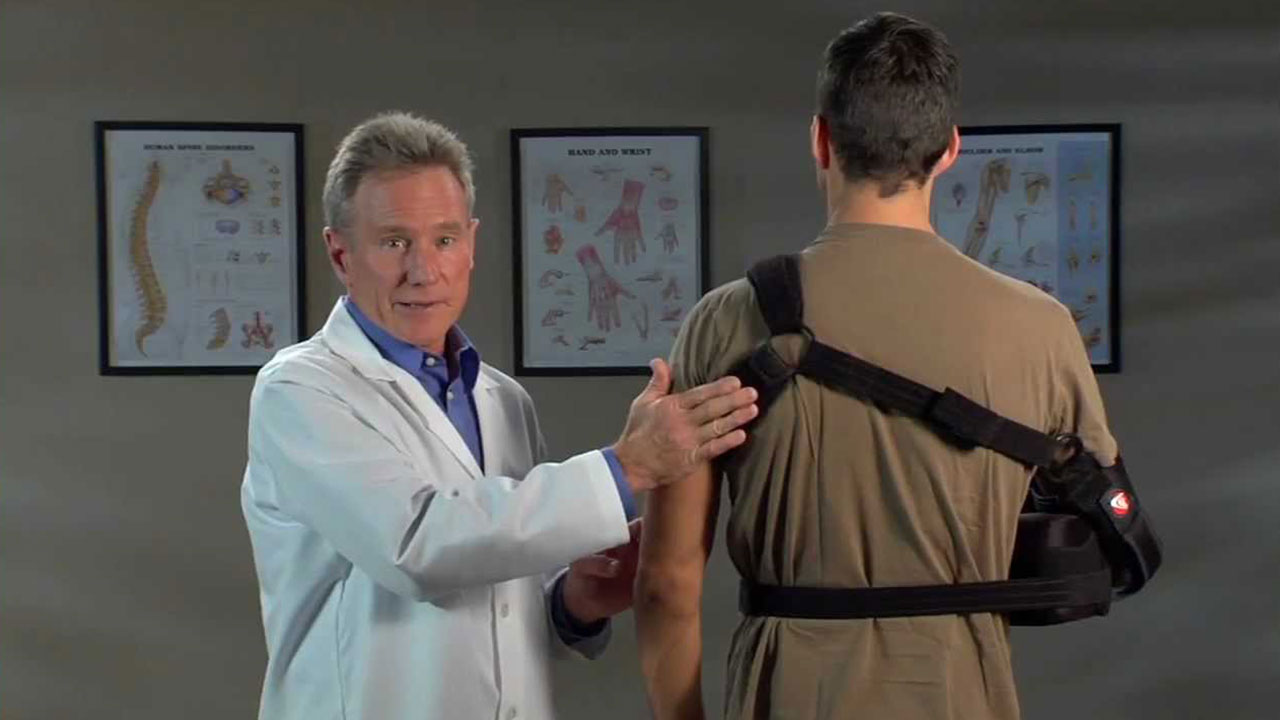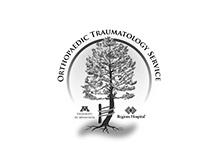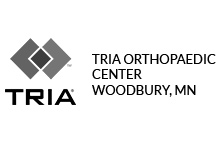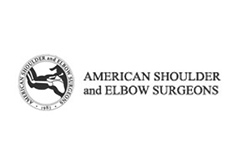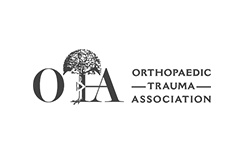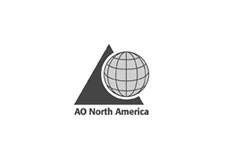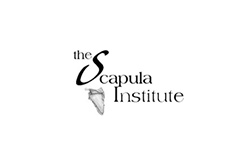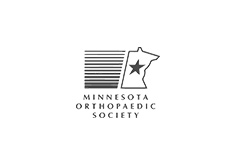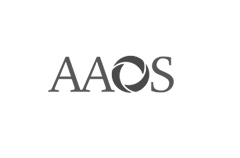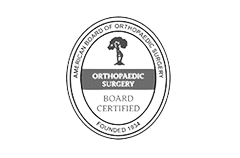Shoulder Dislocations
- Diagnosis
- Non-operative Options
- Operative Options
- Before Your Surgery
- After Your Surgery
- Your Rehab
What is Shoulder Dislocation?
The shoulder is a ball and socket joint. The sliding out of the upper arm bone, the ball portion, from the glenoid–the socket portion of the shoulder is referred to as shoulder dislocation. It usually occurs due to overuse of the shoulder which may be work related or from avid participation in sports involving overhead activities. A shoulder dislocation might be a partial dislocation (subluxation) or a complete dislocation causing pain and shoulder joint instability. Shoulder joint often dislocates in the forward direction (anterior instability) and it may also dislocate in the backward or downward direction.
Symptoms of Shoulder Dislocation
Most common symptoms of shoulder dislocation are pain and shoulder joint instability. Other symptoms such as swelling, numbness and bruising may occur. At times, it may cause tear in the ligaments or tendons of the shoulder and nerve damage.
Diagnosis of Shoulder Dislocation
Your doctor will examine your shoulder and may order an X-ray to confirm the diagnosis.
Want to know more?
The condition is usually treated by a non-operative method called closed reduction which involves placing the ball of the upper arm back into the socket. Following this, the shoulder will be immobilized using a sling for several weeks. Ice may be applied over the area for 3-4 times a day. Rehabilitation exercises may be started to restore range of motion once the pain and swelling decrease.
When conservative treatment options fail to relieve shoulder instability, your surgeon may recommend shoulder stabilization surgery. Shoulder stabilization surgery is done to improve stability and function to the shoulder joint and prevent recurrent dislocations. It can be performed arthroscopically, depending on your particular situation, with much smaller incisions than the open approach which requires a long incision.
The procedure usually provides good results but as with all surgical procedures, complications can occur and include infection, bleeding, nerve or blood vessel damage, and stiffness of the shoulder joint.
- Arthroscopic Bankart Repair
- Latarjet Procedure

Once you and your doctor decide that surgery will help you, you will need to learn what to expect from the surgery and how to actively participate in the treatment plan for the best results afterward.
Preparing mentally and physically for surgery is an important step toward a successful result. Understanding the process, and your role in it, will help you recover more quickly and have fewer problems.
Before surgery, your doctor will perform a complete physical examination to make sure you don’t have any conditions that could interfere with the surgery or the outcomes.
- Routine tests, such as blood tests and X-rays may be performed.
- Discuss any medications you are taking with your doctor as you may have to stop or alter your intake before surgery. If you are taking aspirin or anti-inflammatory medications or any drugs that increase the risk of bleeding, you will need to stop taking them one week before surgery to minimize bleeding.
- Discuss with your doctor about preparing for potential blood replacement, medical interventions and other treatments prior to surgery.
- Report any infections to your surgeon. Surgery cannot be performed until all infections have cleared up.
- If you smoke, you should stop or cut down as smoking interferes with wound healing and can affect your recovery.
- Have someone available to take you home, as driving is not recommended for at least 24 hours or as advised.
- You may need help with everyday tasks such as cooking, shopping and laundry.
- Put items that you use often within easy reach, so you won’t have to stretch and bend as often.
- After Surgery Video
- Shoulder Surgery Recovery Video
- Post-operative Sling
Following the procedure your arm is placed in a sling to rest the shoulder and promote healing. Pain is controlled with medications and ice packs. The sling may be removed after 3 to 6 weeks or as advised by your doctor.
Want to know more?
- Physical Therapy Intro Video
- Finger ROM Video
- Standard Elbow ROM Video
- Shoulder ROM Video
A physical therapy program is recommended to improve shoulder mobility and strength.
Want to know more?
- Download Dr. Myeroff's Shoulder Stretches Information Sheet
- Download Dr. Myeroff's Standard Elbow ROM Diagram Information Sheet
- Download Dr. Myeroff's Finger ROM Diagram Information Sheet
- Download Dr Myeroff's Post-Op Protocol for Latarjet Procedure
- Download Dr. Myeroff's Anterior Shoulder Dislocation (Anterior Bankart) Non-Operative
- Download Dr. Myeroff's Posterior Shoulder Dislocation (Posterior Bankart) Non-Operative
- Download Dr. Myeroff's Arthroscopic Anterior Bankart Repair (or SLAP)
- Download Dr. Myeroff's Arthroscopic Posterior Bankart Repair
- Download Dr. Myeroff's Open Anterior Bankart Repair (subscap protection)
- Download Dr. Myeroff's Open Posterior Shoulder Fracture-Dislocation Repair (Modified McLaughlin)




